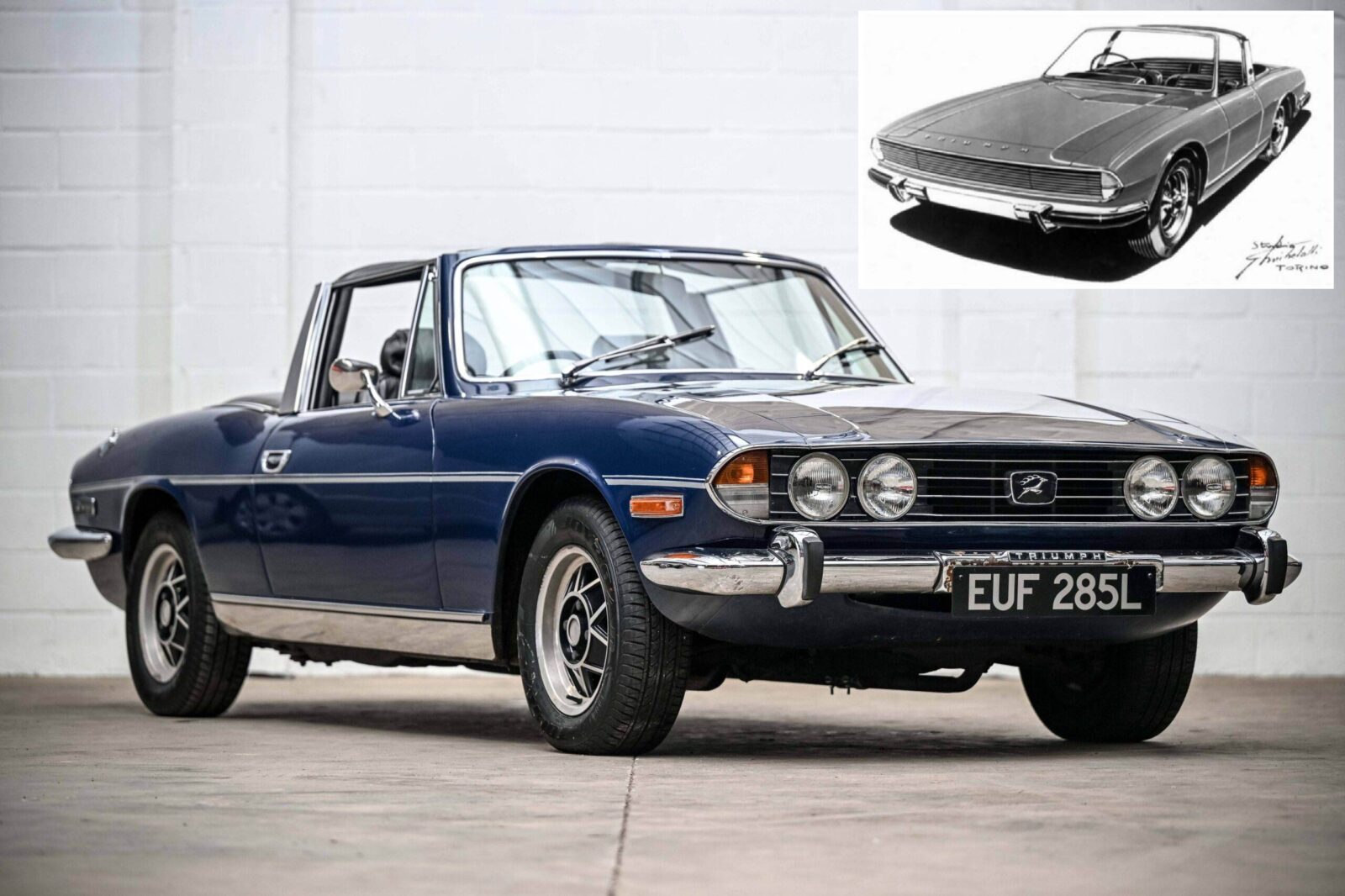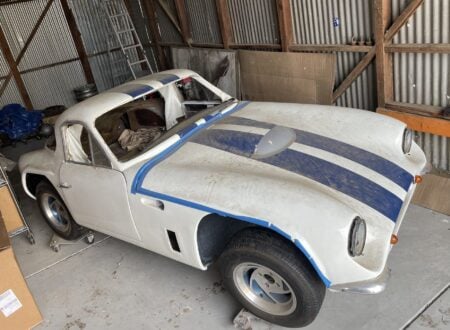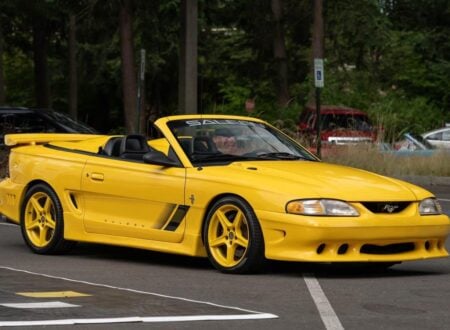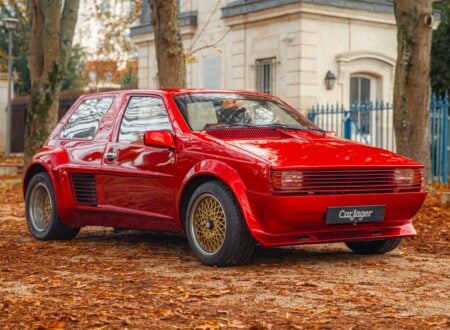The Triumph Stag has been memorialized by Time magazine, perhaps a little unfairly, as #20 on their “50 Worst Cars Of All Time” list. But even they had to admit that “the Stag was lively and fun to drive.”
The problems that gave the Stag its bad reputation have now all largely been solved by the car’s owners, one of the most passionate and fastidious owner’s groups you’re likely to find anywhere. So long as you buy a well-sorted Stag, you’re likely to enjoy years of fuss-free motoring.
Fast Facts – The Triumph Stag
- Giovanni Michelotti, a highly-regarded Italian automotive designer, conceptualized the Stag in 1965, using a Triumph 2000 as a base. His design impressed Harry Webster, Standard-Triumph’s Director of Engineering, leading to the adoption of the prototype as the new Triumph Stag.
- The Stag’s development faced delays due to financial constraints and engine selection issues, eventually settling on a unique 3.0 liter Triumph SOHC V8 engine, developed in-house. Though this engine showed great promise, it was rushed out without sufficient testing and engineering work.
- The Stag was launched in June 1970, featuring advanced features like four-wheel independent suspension and luxurious amenities throughout. However, it faced major reliability issues, particularly in its key target market, the United States, leading to poor sales and a tarnished reputation.
- Despite its initial problems, the Stag developed a cult following. It is estimated that a significant portion of the original production run survives, thanks to the efforts of owners, enthusiasts, and specialist suppliers who have addressed its engineering flaws, resulting in the Stag now being the car it should have been all those years ago.
A Michelotti Masterpiece
The original design that would become the Triumph Stag wasn’t the idea of Triumph at all, but rather it came from the mind of legendary Italian automotive designer Giovanni Michelotti. Michelotti had contacted his friend and regular working partner Harry Webster, Director of Engineering at Triumph, for a Triumph 2000 saloon that he could build a custom body on for the 1965 Geneva Motor Show.
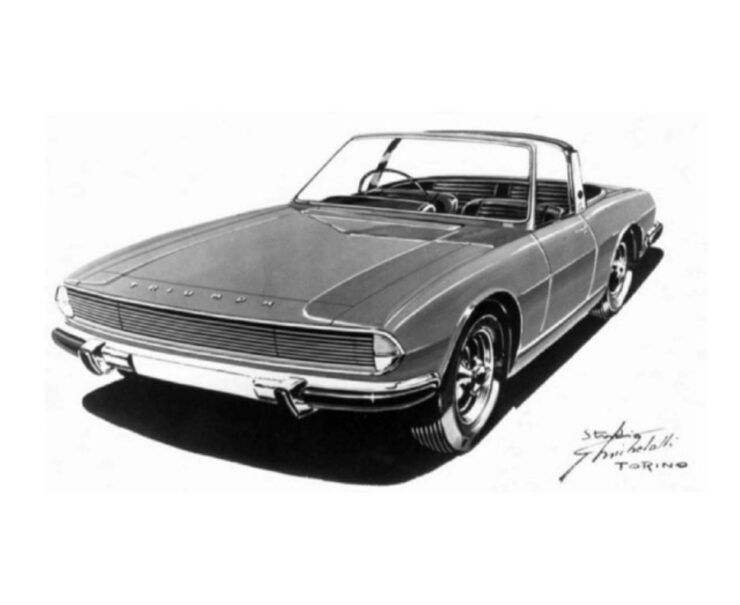

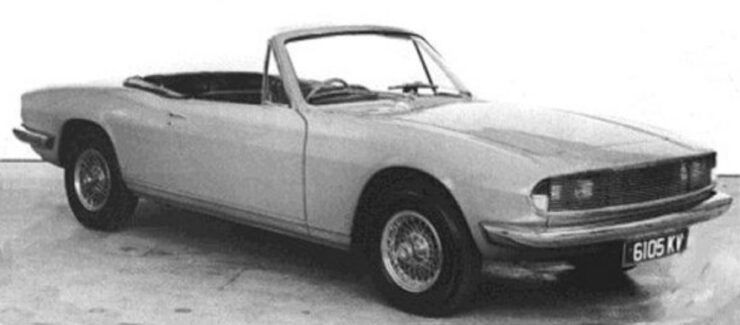

Webster agreed to Michelotti’s request on one key condition – that he would get first right of refusal on the final design should he, and the Triumph board of directors, like it. Michelotti agreed and the donor car sent to Turin, interestingly this vehicle had been used as a support car for the 1965 Le Mans Spitfire team, and it was driven to Italy overland rather than being shipped.
Michelotti had a long-running relationship with Triumph, he had designed more of their cars from the 1960s and 1970s than any other stylist, and Webster had grown quite fond of him. His design for the car that would become the Stag was completely new and remarkably advanced for the period, far more so than most of the cars being showcased in the mid-1960s.
The design featured a sleek side profile, a full-width grille with the headlights hidden behind, and a 2+2 seating layout in either convertible form – though some early sketches showed the car with a targa bar. If the Stag had reached production with the purity of Michelotti’s original design intact and fewer mechanical teething troubles, it would likely have been one of the best-selling British cars in its class.
The Triumph Stag – The Troubles
At the time of its release, the Triumph Stag appeared to be a British answer to the American Corvette, with its V8 engine, T-bar roof, and independent four-wheel suspension. During the development of the Stag a few fateful decisions were made which would essentially doom the car from the beginning.
The development of a new 2.5 liter V8 was undertaken at Triumph, it would later be expanded out to 3.0 liters. The engine was given insufficient development time and it suffered from a series of reliability issues, not the least of which was the engine’s habit of overheating in slow traffic and hot weather.
The original convertible design needed to have a targa bar with a T-joint to the windshield installed to eliminate scuttle shake and improve rigidity. It did detract from Michelotti’s early designs but many owners have grown to like the T-top, and it’s become an integral part of the car’s history.
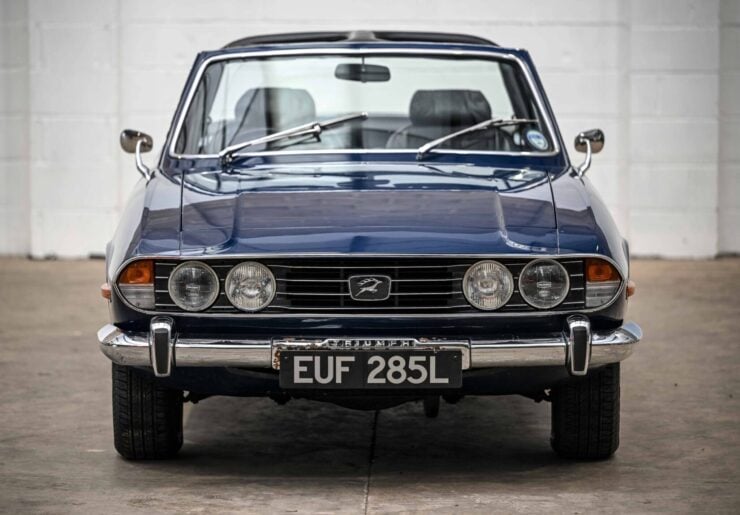

The Middle East Oil Crisis of 1973 further hampered the beleaguered Stag’s chances of success, V8 sports cars became wildly unattractive to buyers due to skyrocketing fuel costs, though truth be told the damage to the Stag’s reputation had largely already been done by this time.
In the years since the Stag left production it’s been the butt of innumerable jokes in the automotive community. While all this has been going on, the Triumph Stag owners have been hard at work ironing out the model’s foibles and turning it into a far better car than it was at the time of its release.
A well-sorted Stag is now a genuinely reliable vintage sports car, and the club-based support network that exists in Britain and many other nations is second to none.
The 1972 Triumph Stag Shown Here
The car you see here is a 1972 Triumph Stag finished in Sapphire Blue over a Black interior, and it’s one of the more desirable 4-speed manual (with overdrive) examples.
It comes with stacks of invoices for continuing specialist mechanical care right back to the mid-1980s. Thousands of pounds have been spent on maintaining and improving the car during this era and beyond with bills to prove it.
Fortunately this Stag escaped the fate that befell so many Stags, having its original 3.0 liter V8 removed and replaced with a Rover V8. This originality is important for collectors and many enthusiasts, and this car comes with a British Motor Industry Heritage Trust certificate, issued in 2005, that proves its originality.
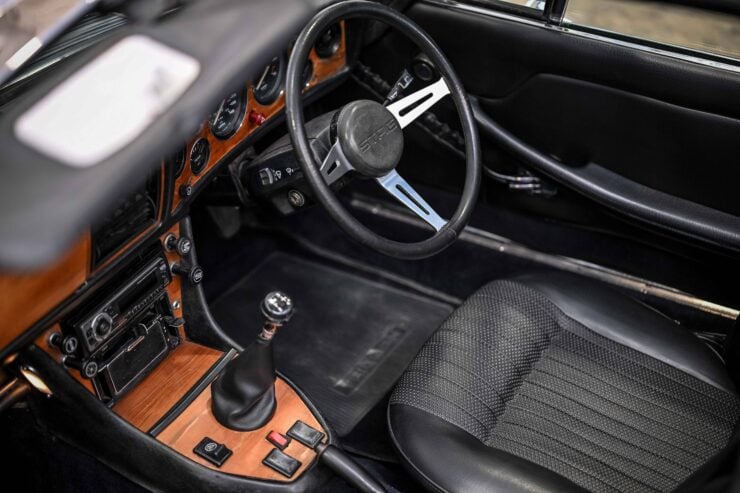

It’s clear that this car could use some remedial work here and there, there’s some peeling of the veneer’s lacquer around the gearstick base, a small split to the vinyl seam on the base of the driver’s seat, plus some sill corrosion and play in the rear suspension and steering. All things the new owner can fix at their own pace while enjoying the car.
It’s now due to roll across the auction block with The Market by Bonhams in an online auction with a guide price of £11,000 – £15,000 which works out to approximately $13,800 – $18,900 USD. If you’d like to read more about it or register to bid you can visit the listing here.
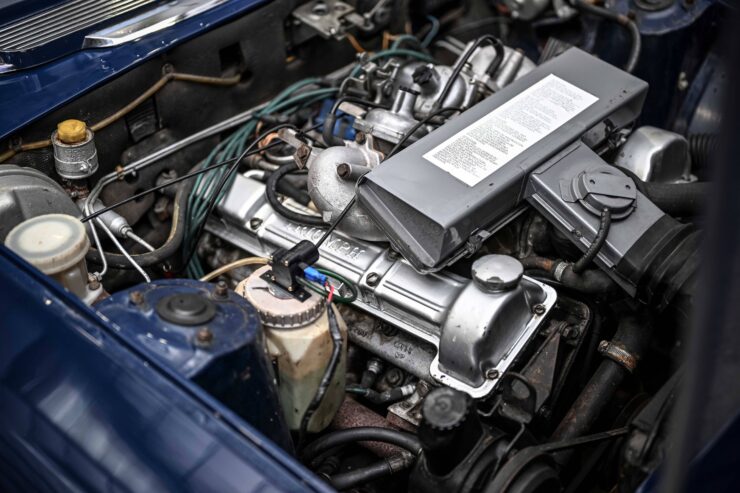
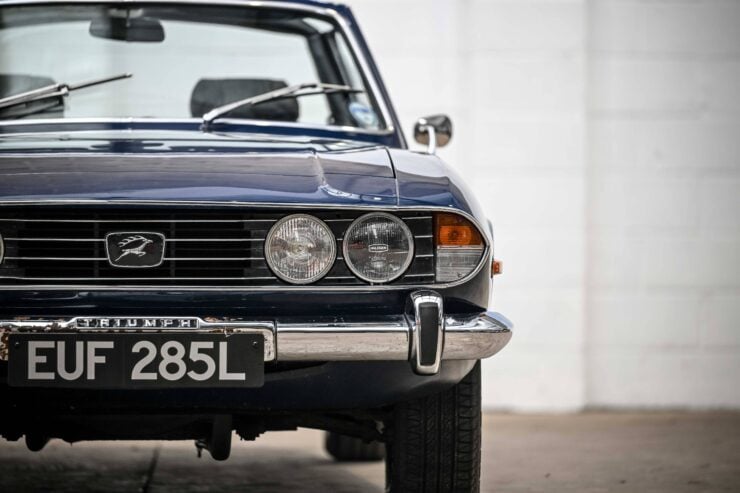

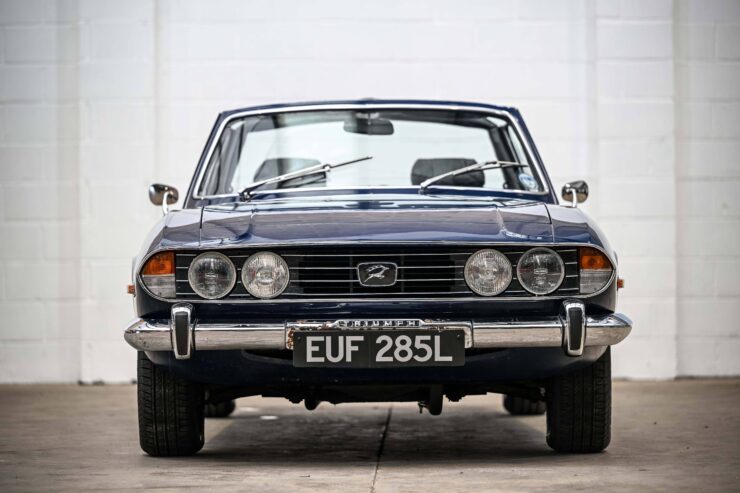
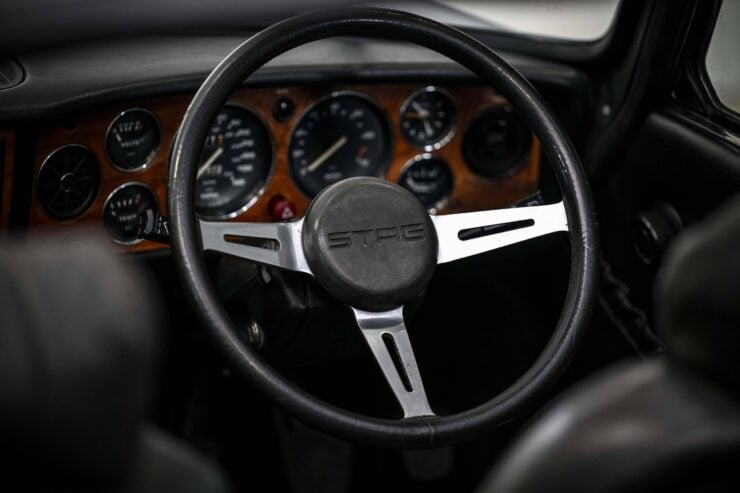
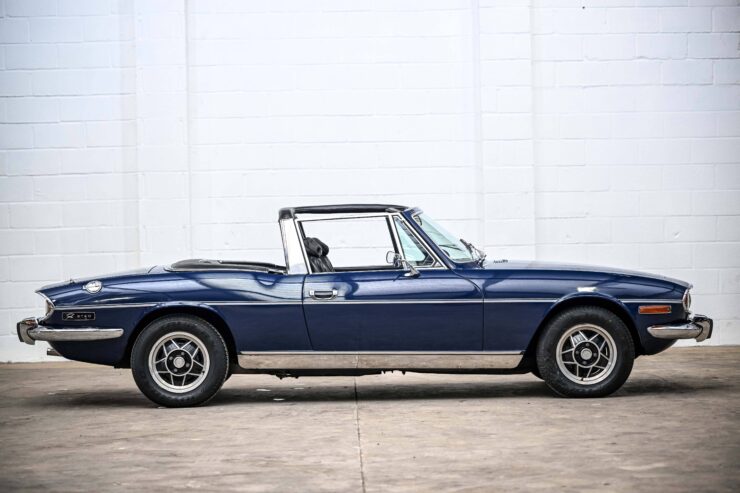
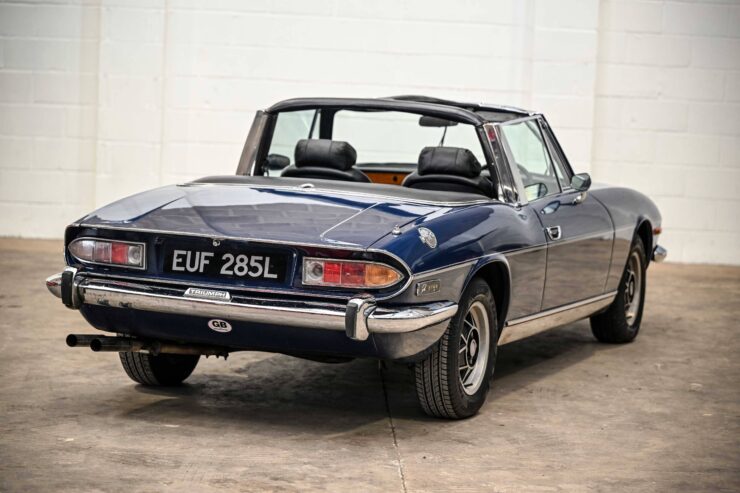
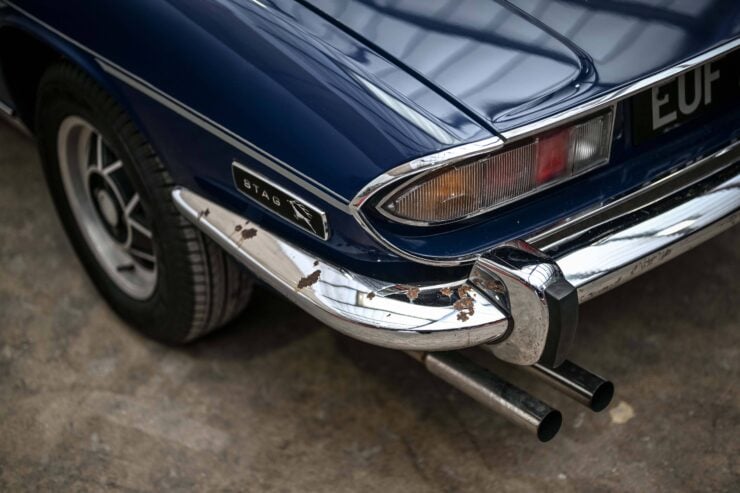
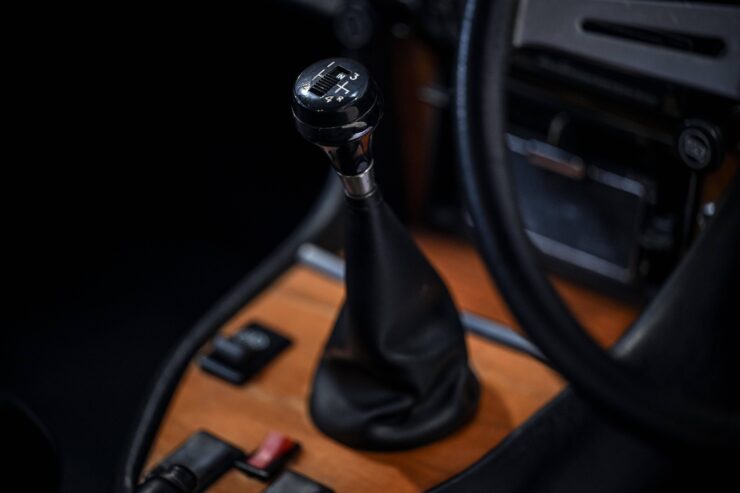
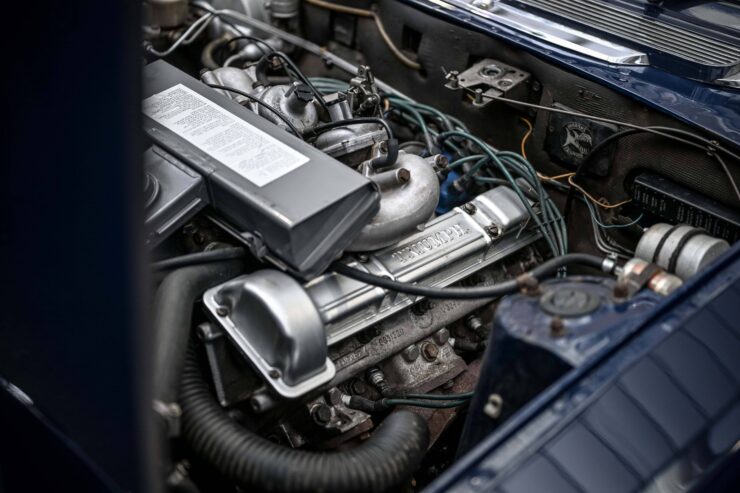
Images courtesy of The Market by Bonhams

